Which gelling agent is better, pectin vs gelatin?
These two thickening agents can leave even experienced bakers scratching their heads. Both create delightful gels and set delicious desserts but they have fundamental differences.
This guide will help you pick the perfect thickener for your next culinary masterpiece! Moreover, we will explain how to use the proper silicone gummy molds for an ideal presentation. So, ready to begin? Let's jump in:
Table of Contents
- Part1 - Pectin vs. Gelatin: Understanding the Basics
- Part 2- Pectin vs. Gelatin: A Head-to-Head Comparison
- Part 3- Beyond Pectin Vs Gelatin: Exploring Other Gelling Options
- Part 4- Recipes and Techniques to Become an Excellent Gummy Maker
- Bonus - Perfecting Your Gummies: A Troubleshooting Guide
- FAQs on Pectin vs Gelatin
- Conclusion
Part1 - Pectin vs. Gelatin: Understanding the Basics
Have you ever poured your heart and countless delicious ingredients into your gummy recipe only to end up with a spoiled final result? The problem isn't in your recipe or ingredients but in choosing the right gelling agent. In other words, understanding the basics is critical to making delicious and presentable gummies.
There are two main gelling agents available on the market.
- Gelatin (Animal-Based)
- Pectin ( Vegan)
Pectin gummies are made from plants, suitable for vegans, and have a firm texture. Gelatin gummies come from animals, are not vegan-friendly, and have a softer, chewy texture.
Both have multiple differences that make them suitable for different gummy flavors and textures. Let's delve into details about their origin, functionalities, usage, and texture effects in your recipes.

What is Pectin?
Pectin is made from plant-based resources, including berries, apples, and other citrus fruits. It creates firm gels with acid (like citrus juice) and sugar. For vegetarians, pectins vegan is bliss.

What is Gelatin?
Produced from animal collagen (typically from cows or pigs), gelatin creates elastic and bouncy textures. It sets when cooled, making it ideal for molded candies like marshmallows and gummies.

Part 2- Pectin vs. Gelatin: A Head-to-Head Comparison
I. Basic Properties:
This table outlines the fundamental source and composition differences between plant-based pectin and animal-based gelatin.
|
Feature |
Pectin |
Gelatin |
|
Source |
Plant-based (fruits like apples, citrus) |
Animal-based (collagen from animal parts) |
|
Composition |
Polysaccharide (complex carbohydrate) |
Protein |
|
Vegan/Vegetarian |
Yes |
No (typically) |
II. Sensory Properties (in the final product):
See how pectin and gelatin impact the texture, transparency, color, and overall sensory experience of your final product.
|
Feature |
Pectin |
Gelatin |
|
Texture |
Softer, less chewy |
Chewy, firmer |
|
Transparency |
Can be cloudier |
Clear |
|
Color |
None (colorless) |
None (colorless) |
|
Taste |
None (flavorless) |
None (flavorless) |
|
Color Vibrancy |
More vibrant and precise |
Less vibrant than pectin |
III. Nutritional & Dietary Considerations:
Compare the nutritional value and dietary considerations of pectin and gelatin, including vegan and allergen concerns.
|
Feature |
Pectin |
Gelatin |
|
Nutritional Value |
May offer some fiber; low calorie |
Source of protein, contains amino acids; low calorie |
|
Dietary Considerations |
Vegan/vegetarian; possible allergen for those sensitive to fruit fibers |
Not vegan/vegetarian; possible allergen for those with animal protein allergies |
IV. Usage & Handling:
Explore the practical differences in heat sensitivity, ease of use, and best applications when working with pectin versus gelatin in recipes like gummies and spreadable products.
|
Feature |
Pectin |
Gelatin |
|
Heat Sensitivity |
More heat resistant |
Melts at high temperatures |
|
Ease of Use |
Easier to use with intricate molds due to firmer set |
Requires blooming; careful temperature control needed |
|
When to Use |
Jams, jellies, spreads, vegan gummies, heat-stable applications, gummy candies |
Gummies, marshmallows, desserts requiring a firm, elastic texture |
|
When Not to Use |
When a clear, very chewy texture is desired |
When a vegan/vegetarian option is needed, or high-heat cooking is involved |
|
Use in spreadable products |
Best Option |
Not a good option |
|
Use in Gummy Making |
Softer texture, easier release from molds, vibrant colors. |
Chewier texture, classic gummy feel. |
To learn how to melt gummies and use them in your cooking, take a look at "How to Melt Gummy Bears" It explains everything step by step.
Part 3- Beyond Pectin Vs Gelatin: Exploring Other Gelling Options
Are gelatin and pectin the only gelling options available? Think again! There are other options available around the world that work fine. Let's talk about them and the features that make them worthy:
- Agar-Agar
- Carrageenan
- Konjac
Agar-Agar:
Agar-agar, a red algae extract, boasts powerful gelling strength and is perfect for firm, heat-resistant candies. It might need extra TLC (think double boiling) to activate its setting powers. It's suitable for complex-designed square silicone molds.
Carrageenan:
Another algae-based gelling agent, carrageenan, offers a variety of textures depending on the type used.
Konjac:
Derived from the konjac root, this gelling agent is known for its high strength and ability to create a firm texture.
After learning about the differences between pectin and gelatin, why not try them out? Take a look at our guide on making edible gummies, where we show how each one helps create tasty treats!
Turn your ideas into art with our best silicone molds – Enjoy Up to 45% Discounts!
Shop NowPart 4- Recipes and Techniques to Become an Excellent Gummy Maker
It's time to put on your chef cap! We will make some sweet and sour gummies to see the actual battle, "pectin vs gelatin."
Recipe 1: Perfectly Pectinated Gummies
Imagine delightful chewing and vibrantly colored pestin gummies. Mouth-watered? Let's make it with the magic of pectin.

Ingredients:
- 1 cup fruit juice (such as orange, grape, or a combination)
- 1/2 cup granulated sugar
- Three tablespoons liquid pectin
- 1/4 teaspoon citric acid (optional, for extra tang)
Instructions:
- Mix sugar, fruit juice, and citric acid in a saucepan. Heat it up and stir constantly.
- Remove from heat and add liquid pectin. Continue stirring vigorously for a minute.
- Pour the hot mixture into a greased silicone mold. For best results, let it cool completely at room temperature for several hours or overnight.
- Once set, gently pop the gummies out of the mold and enjoy!
Remember: Use quality molds for excellent results. Try PJ Bold's gummy mold if you are a perfectionist.
Recipe 2: Gelatin Gummies with a Bouncy Bliss
This recipe showcases the delightful bounce and slight elasticity that gelatin brings to gummies.

Ingredients:
- 1 cup water
- One package (1 tablespoon) of flavored gelatin (any flavor)
- 1/2 cup granulated sugar
- 1/4 cup corn syrup (light or dark)
- 1/4 teaspoon citric acid (optional)
Instructions:
- Add cold water and gelatin to a bowl and let it sit for 5 minutes, allowing the gelatin to soften.
- Now heat the mixture over low heat until the gelatin dissolves completely
- In a separate saucepan, combine sugar and citric acid. Heat over medium heat and carefully pour the hot sugar mixture into the dissolved gelatin, whisking gently
- Pour the hot mixture into a greased silicone mold. Let it cool completely at room temperature for several hours or overnight for best results.
- Once set, gently de-mold the gummies, and it's ready to serve.
To make sure your creations come out perfect and safe to eat, it's important to know how to clean silicone molds the right way. This keeps them non-stick and stops any leftover bits from ruining the quality of your treats.
Bonus - Perfecting Your Gummies: A Troubleshooting Guide
|
Problem |
Possible Causes |
Solutions |
|
Too Soft/Won't Set |
Inaccurate measurements, not enough gelling agent, low temperature, short cooking time, too much liquid, high humidity |
Use a digital scale, increase gelling agent, ensure correct temperature and cooking time, adjust liquid, dehumidify |
|
Too Hard/Brittle |
Too much gelling agent, overcooking, incorrect sugar/acid ratio |
Reduce gelling agent, avoid overcooking, adjust sugar/acid |
|
Sticky |
Short cooking time, high humidity, insufficient drying |
Cook longer, dehumidify, dry completely |
|
Air Bubbles |
Vigorous whisking, pouring too quickly |
Stir gently, pour slowly, remove bubbles |
|
Difficult to Unmold |
Unprepared molds, gummies not set |
Grease/use non-stick silicone molds, ensure gummies are set |
|
Grainy Texture |
Undissolved sugar, poorly dispersed pectin |
Dissolve sugar fully, disperse pectin properly |
|
Off-Flavor |
Low-quality ingredients, improper storage |
Use high-quality ingredients, store correctly |
Learning how to use silicone molds properly is important to get the best results. It helps shape things evenly, avoids problems while working, and makes the molds last longer so you can use them many times.
FAQs on Pectin vs Gelatin
Is gelatin different from pectin?
Gelatin is totally different from pectin. Both have differing setting properties, texture, and taste profiles.
I'm vegetarian. Can I still make gummies?
Absolutely! You can use pectin as it originates from plant-based substances.
My gummies came out cloudy. Is that a problem?
A slightly cloudy appearance is typical for pectin-based gummies. However, if you suspect it is due to poor-quality mold or expired products. To ensure your gummies don't cloudy consider using high-quality molds.
Is pectin the same as gelatin?
No, pectin and gelatin are not the same. Pectin comes from plants. It is used to set jams and jellies. Gelatin comes from animals. It is used in desserts like jello. They both thicken foods, but their sources are different.
What are substitutes for pectin and gelatin?
If you are unable to find pectin or gelatin in the market. There are multiple other options available on the market. You can count on agar-agar, carrageenan, and konjac.
Conclusion
Who won the pectin vs gelatin battle? Well, no one! It's a tie. The use of pectin or gelatin depends on recipes and is subject to personal preferences. Both have unique profiles and saying one is better than the other is not a good idea. However, high-quality silicone molds matter whether you use gelatin, pectin, or another gelling agent. Use easy-release silicone molds that don't break the gummy design, and that's all.




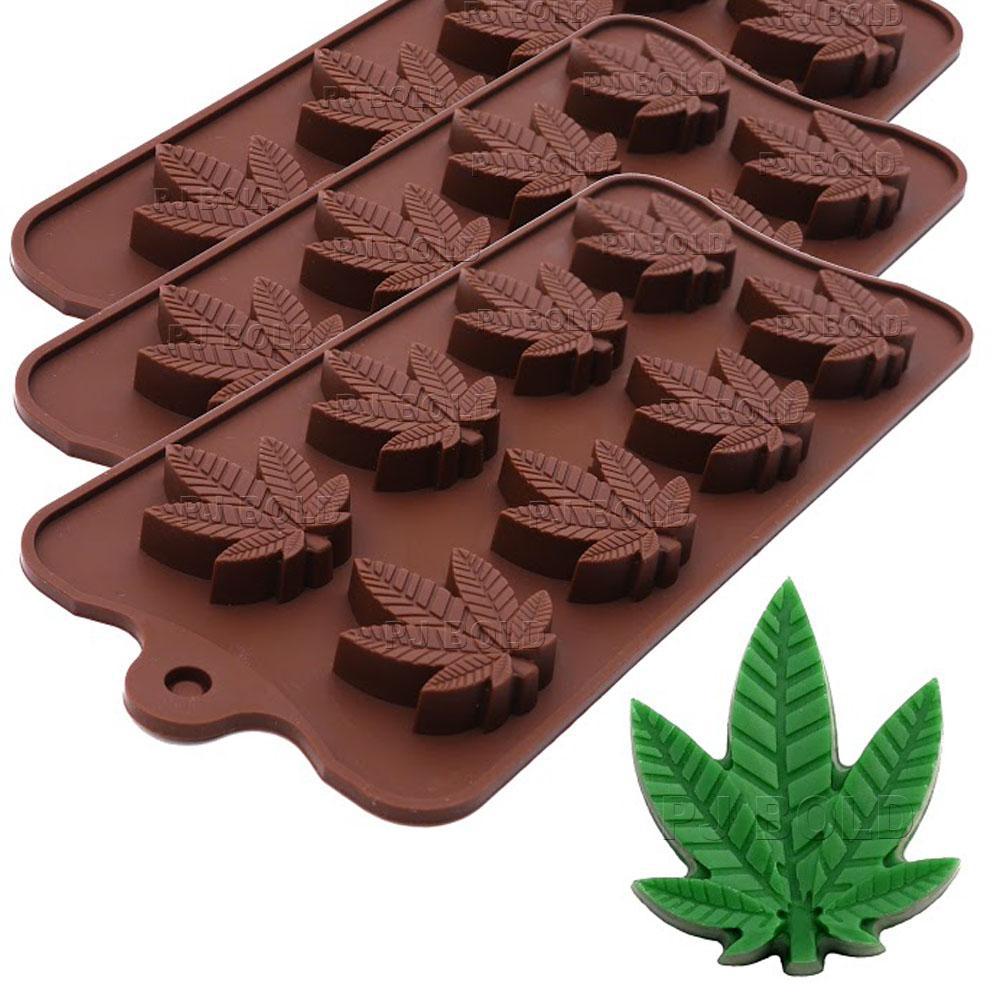 Marijuana Cannabis Hemp Leaf Silicone Molds
Marijuana Cannabis Hemp Leaf Silicone Molds
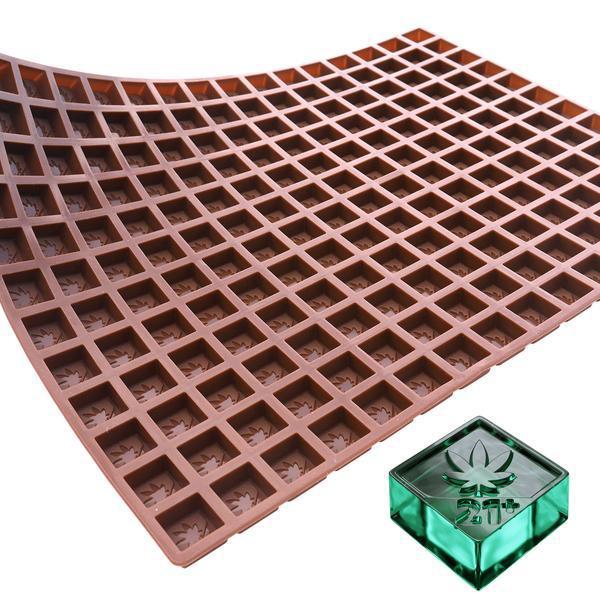 Square Silicone Candy Mold
Square Silicone Candy Mold
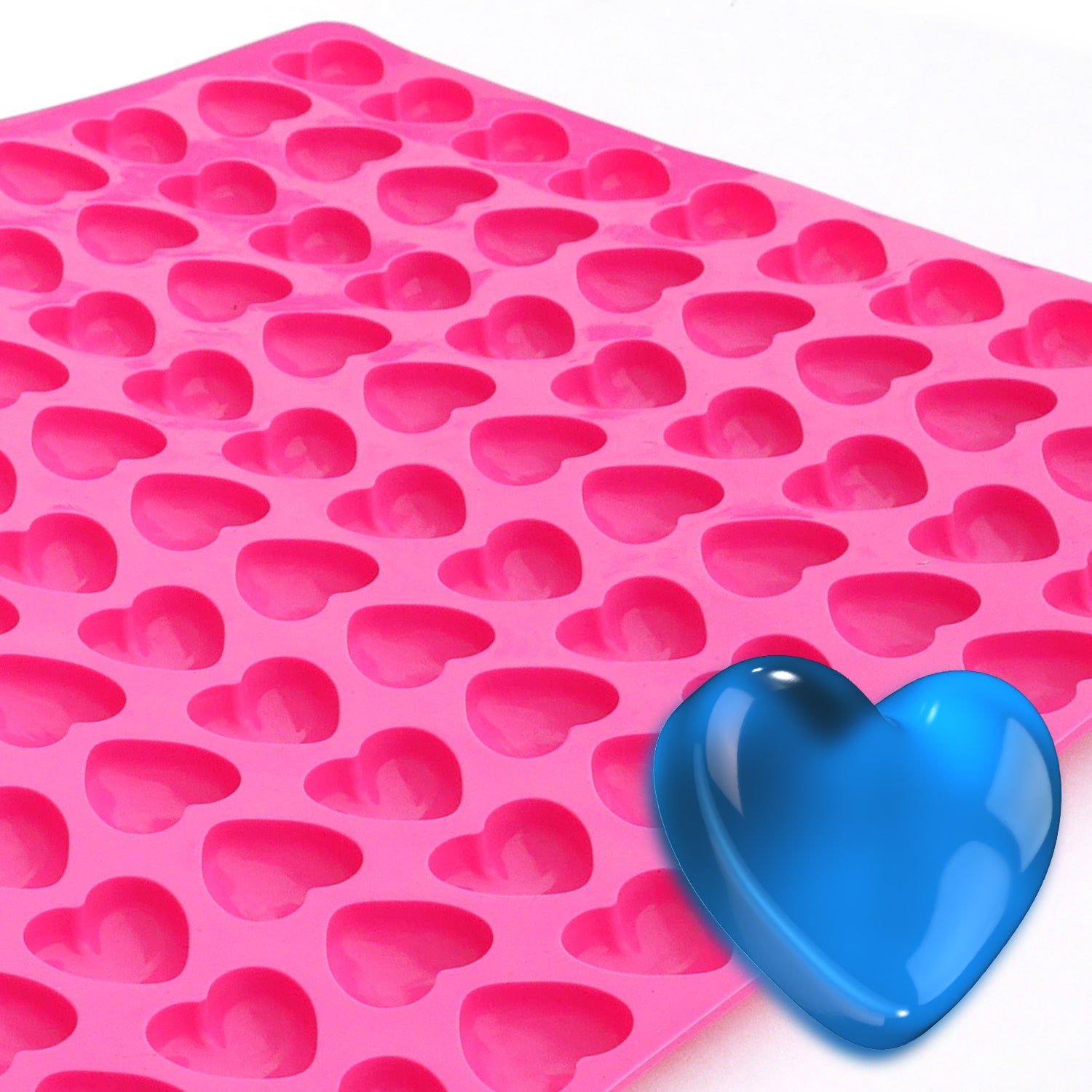 Heart Chocolate Mold Candy
Heart Chocolate Mold Candy
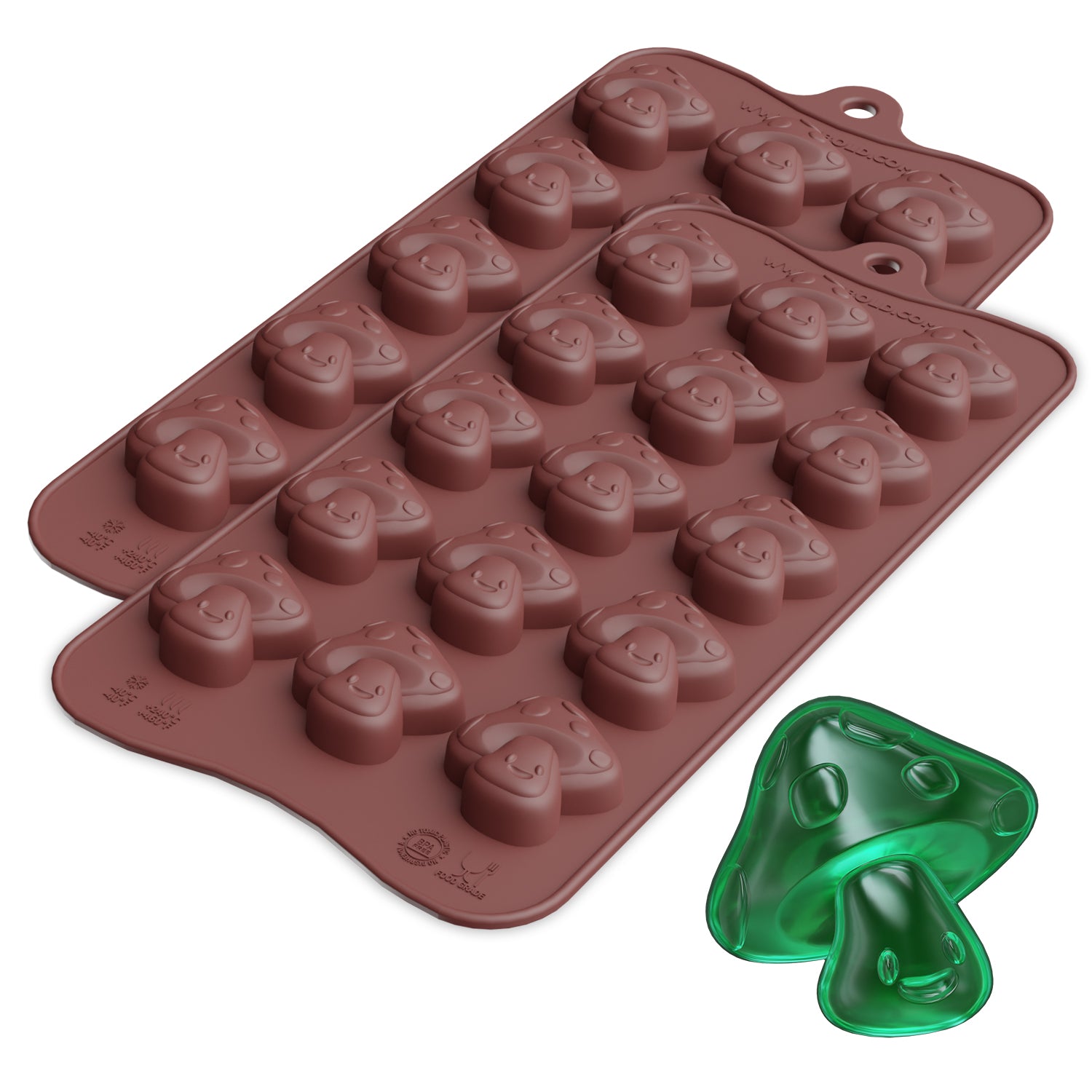 Mushroom Chocolate Silicone Candy Mold
Mushroom Chocolate Silicone Candy Mold
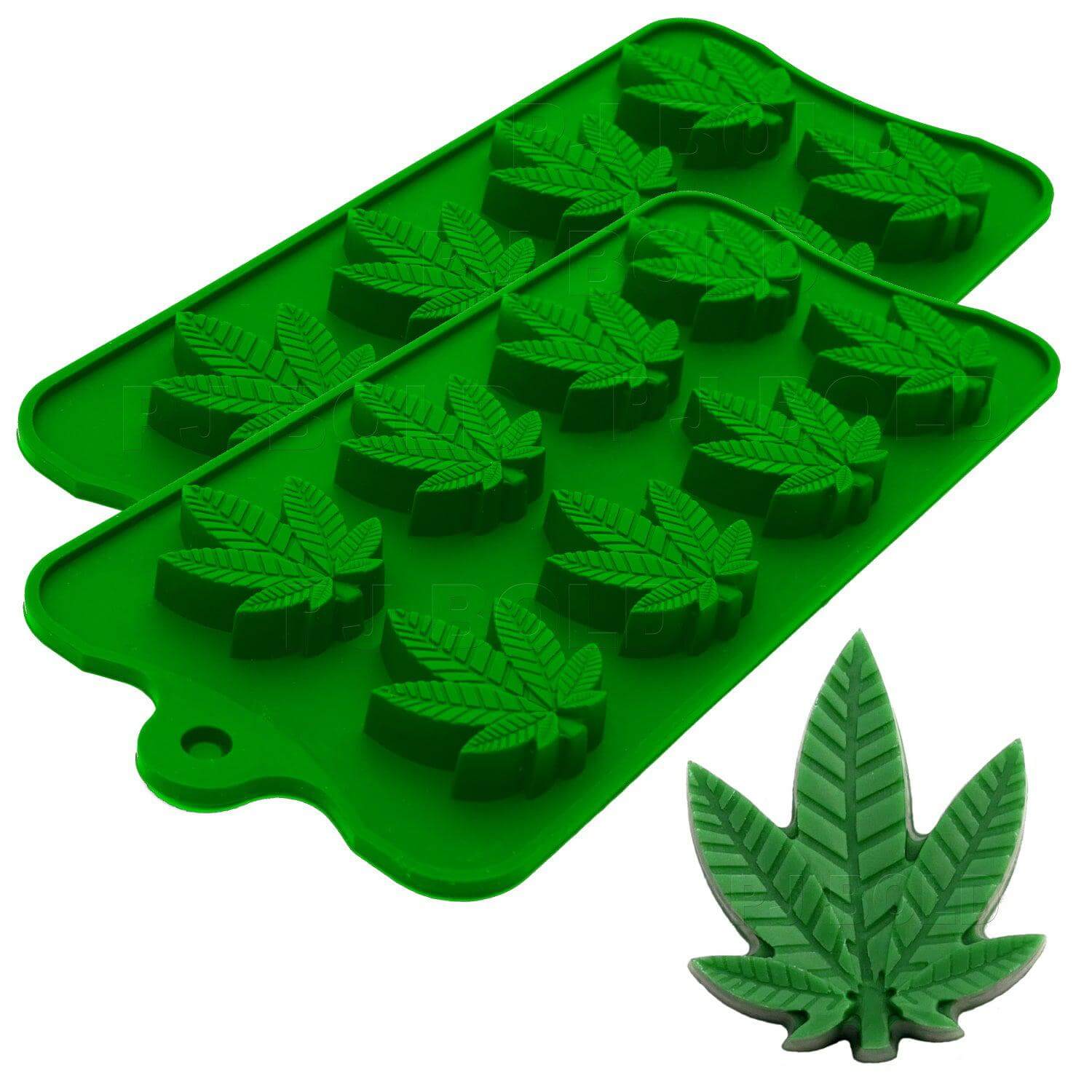 Hemp Leaf Green Silicone Molds
Hemp Leaf Green Silicone Molds
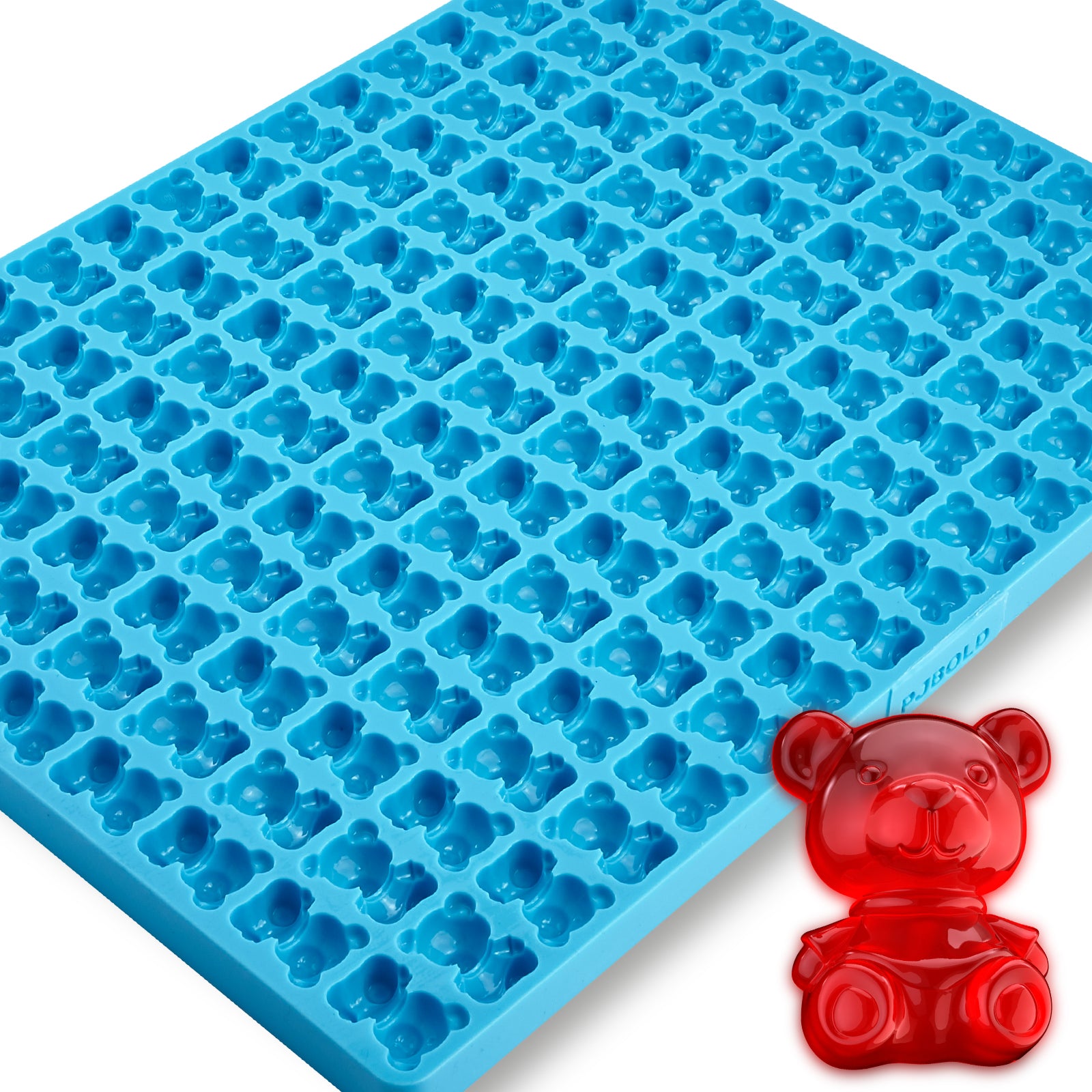 Bear Silicone Mold
Bear Silicone Mold
 Leaf Silicone Candy Mold
Leaf Silicone Candy Mold
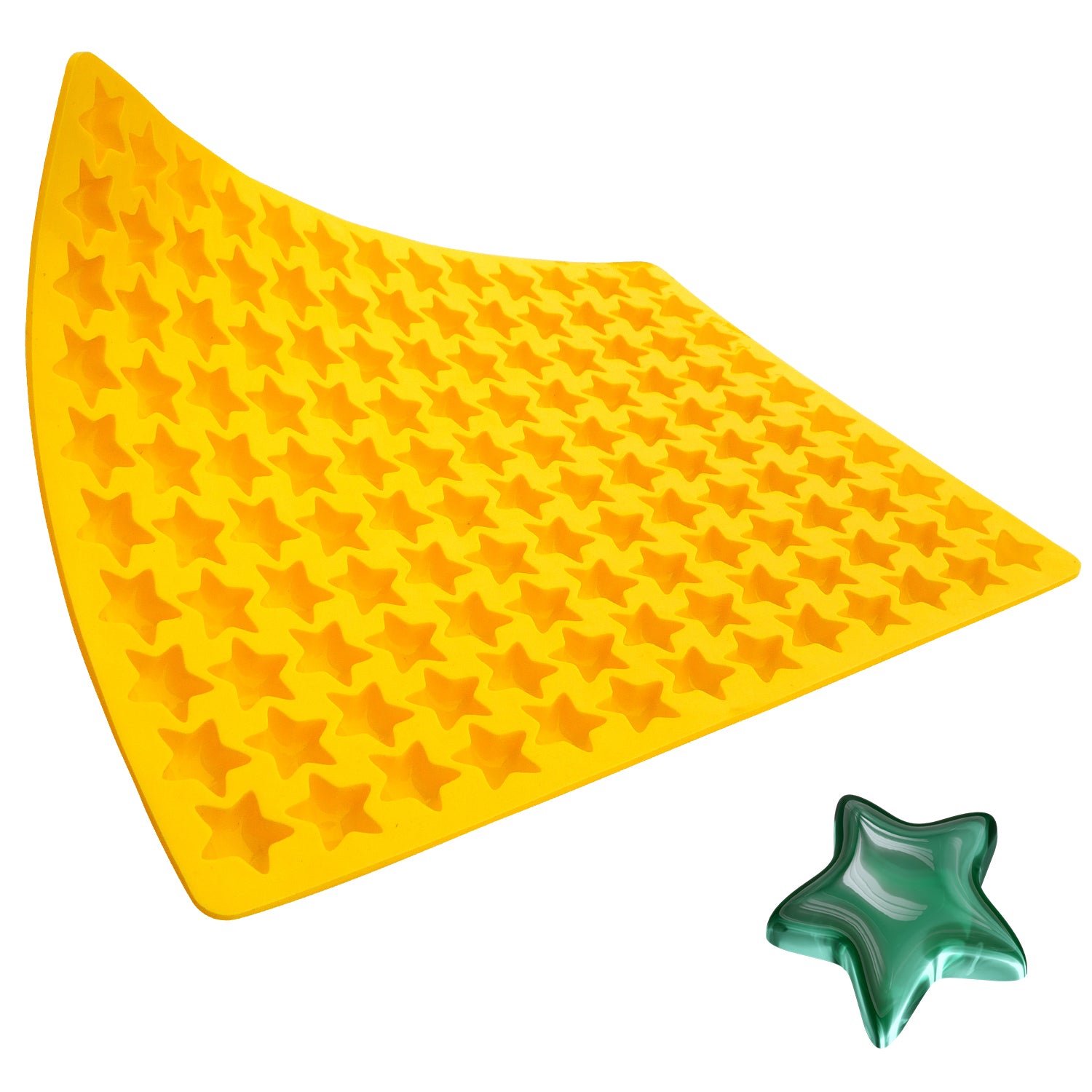 Candy Star Molds
Candy Star Molds
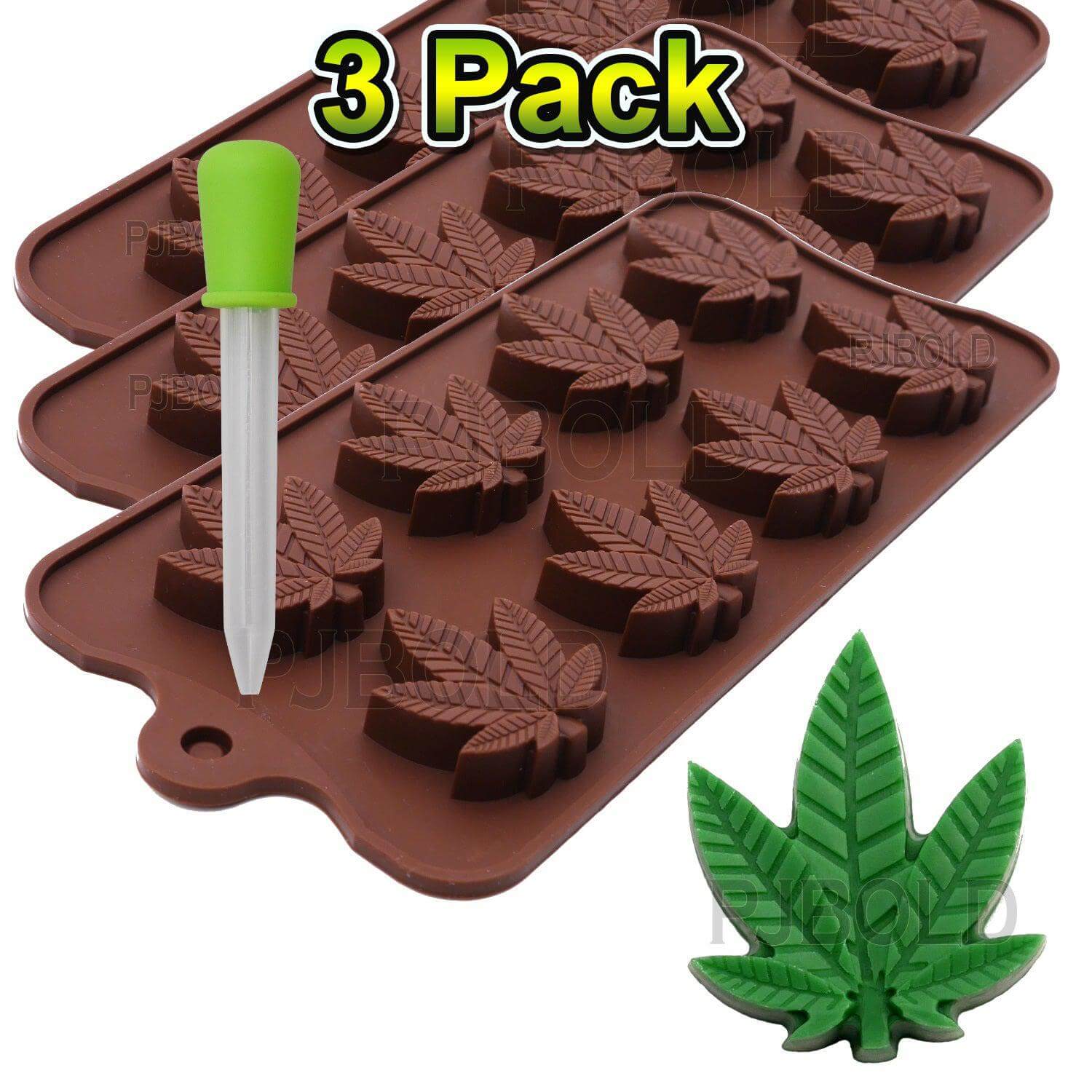 Hemp Leaf 3 Pack Silicone Molds
Hemp Leaf 3 Pack Silicone Molds
 Leaf Candy Bar Mold
Leaf Candy Bar Mold






